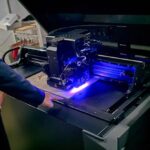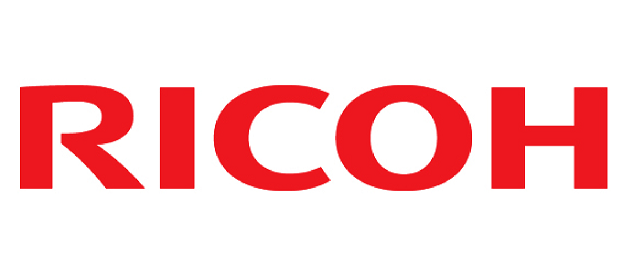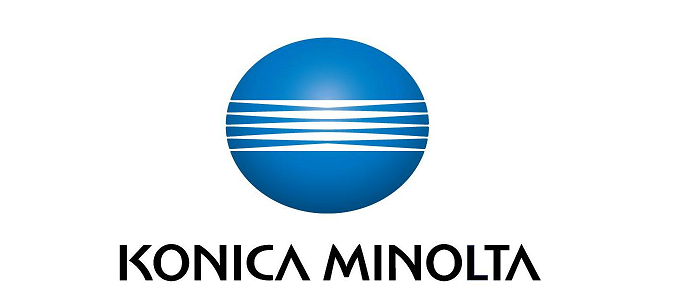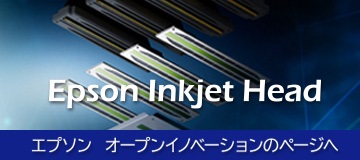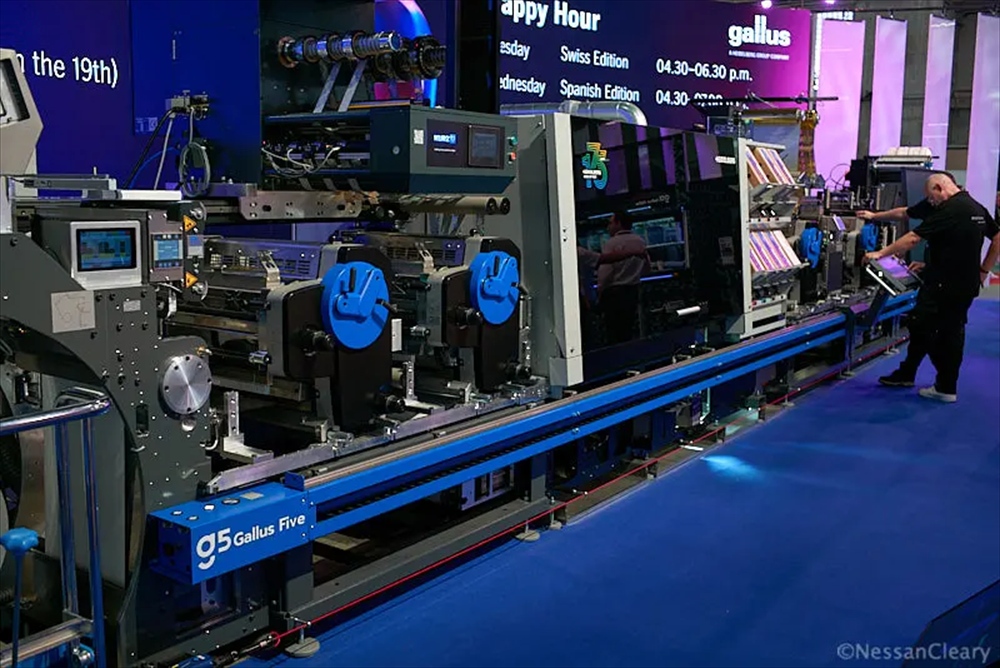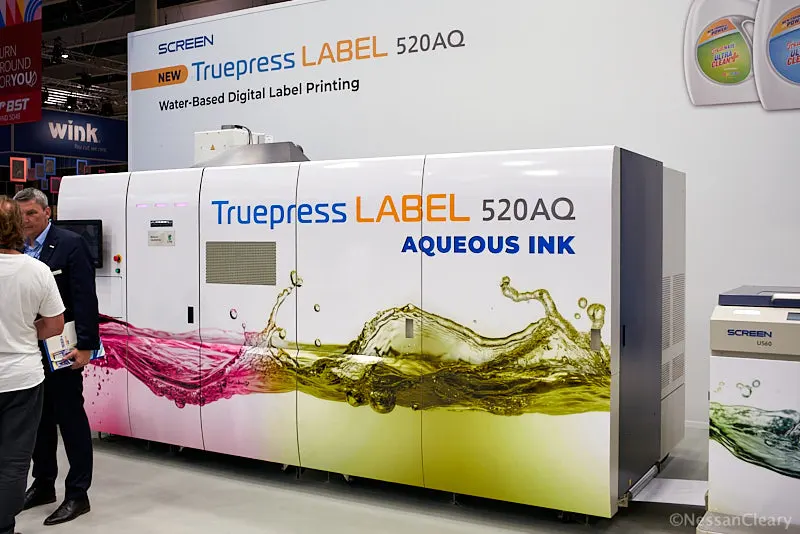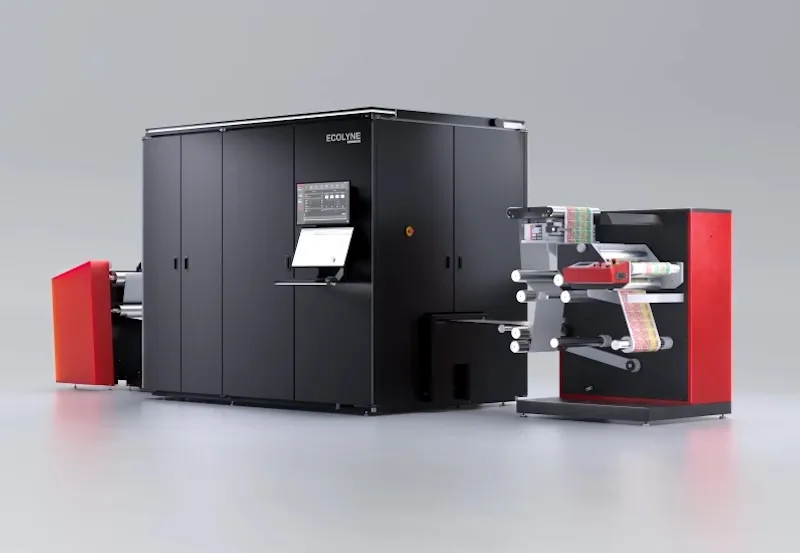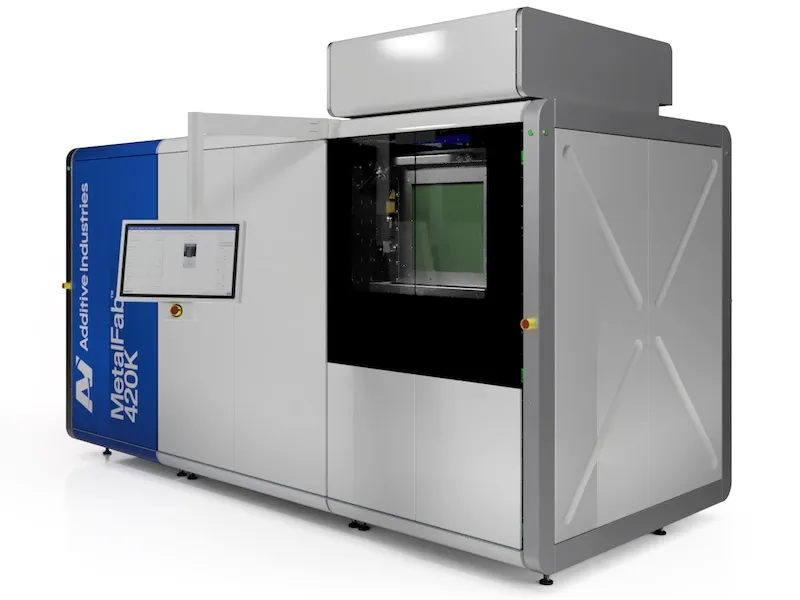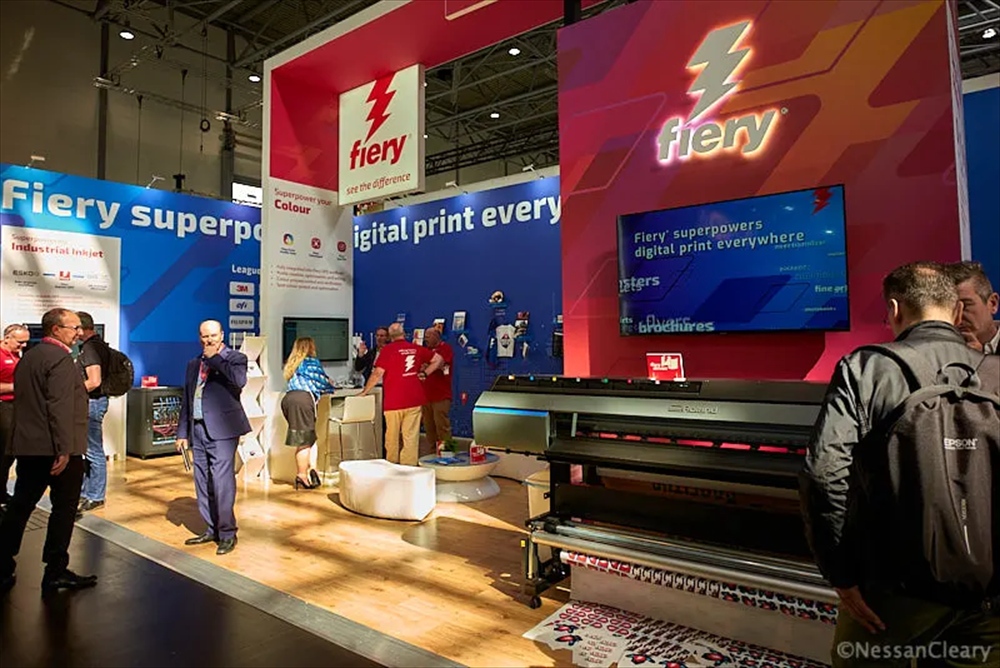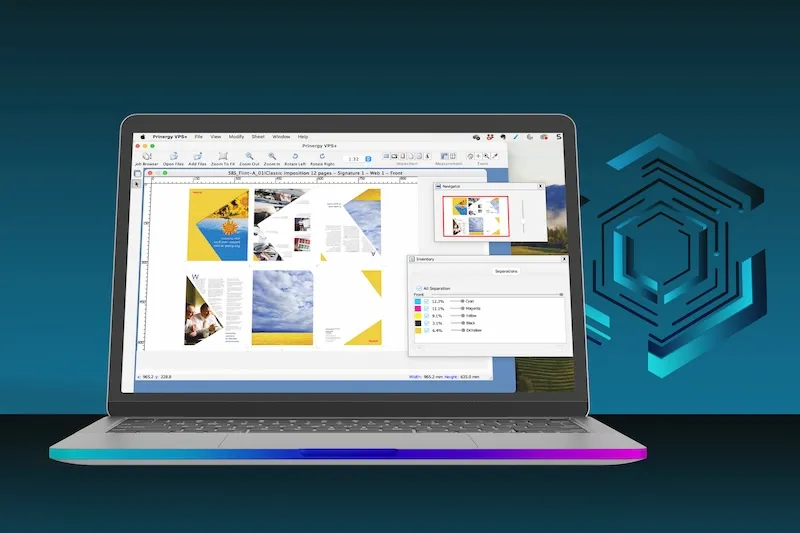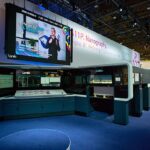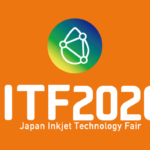- 2020-4-5
- Nessan Cleary 記事紹介
ハイデルベルクは、債務の清算を目的とした抜本的なリストラ計画を発表しましたが、それはまた、パッケージングのデジタル印刷へのアプローチを本質的に再考したものです。
Heidelberg has announced a radical restructuring plan aimed at clearing its debts but that also essentially rethinks its approach to digital printing of packaging.
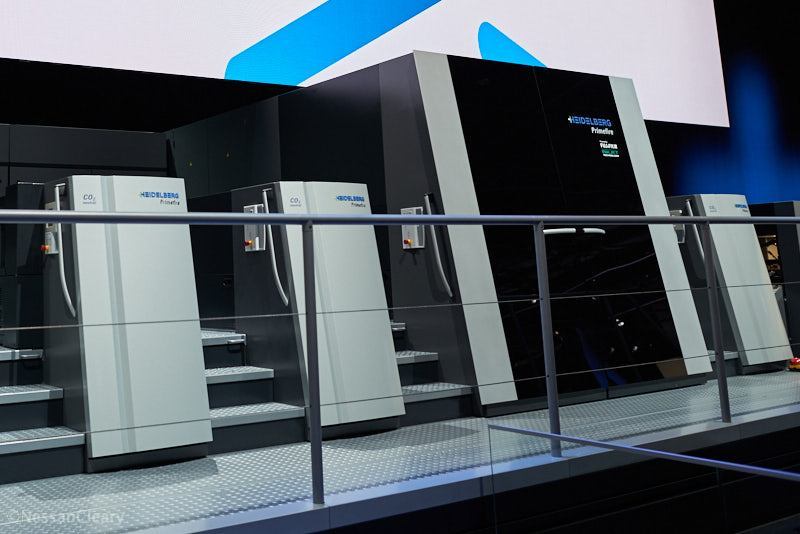
The Primefire 106 was officially unveiled at Drupa 2016.
Primefire 106は、Drupa 2016で正式に発表されました。
この再編の主な部分は、利益率が最も高い製品に集中し、ポートフォリオでの位置付けを正当化するのに十分な収益を上げていない製品をあきらめることです。その結果、ハイデルベルクはデジタル印刷されたパッケージの市場が予想よりも成長が遅いと言って、Primefire 106 B1インクジェットプレスを放棄します。実際には、これは生産が停止し、研究開発が凍結されている間、ハイデルベルクは外部の投資家を探してさらなる発展をサポートすることを意味します。
The major part of this restructuring is to concentrate on those products with the highest profit margins and to give up on those that don’t earn enough to justify their place in the portfolio. Consequently, Heidelberg is abandoning its Primefire 106 B1 inkjet press, saying that the market for digitally-printed packaging has grown more slowly than anticipated. In practice this means that the production has stopped and the R&D has been frozen while Heidelberg searches for external investors to support further development.
ハイデルベルクが、最初に富士フイルムにアプローチしてプライムファイアにもっとお金を入れるように頼まなかったとは考えられません。これは、富士フイルムが彼らの要請を断ったことを示しています。興味深いことに、私がハイデルベルクに富士フイルムとの連携を続けるかどうか、または別のインクジェットパートナーを探すかどうかを尋ねたところ、「現時点では声明を発表するには時期尚早です。」とのことでした。
It’s inconceivable that Heidelberg did not first approach Fujifilm to ask it to put more money into the Primefire, which indicates that Fujifilm turned them down. Interestingly, when I asked Heidelberg whether or not it would continue to work with Fujifilm or look for another inkjet partner, the company replied: “At this stage it is too early to make a statement.”
そうは言っても、ハイデルベルクとガルスの両方が、富士フイルムのプリントヘッドとインクも使用するガルスのナローウェブハイブリッドプレスであるレーベルファイアは続けると述べています。
That said, both Heidelberg and Gallus have said that the Labelfire, Gallus’ narrow web hybrid press that also uses Fujifilm printheads and ink, will continue.
ハイデルベルクは、既存の Primefireにサービスを提供する担当者はまだ決まっていないが、「顧客はすでに現場にあるマシンの保守について心配する必要がない」と語っています。仮に私が自分で大型の B1インクジェットプレスを動かし続けようとした場合、それを提供した会社がこの発表の前にサービスについて考えていなかったのではないかと非常に心配するだろうと思います。ハイデルベルクは、Web-to-Packソフトウェアの開発を継続するかどうかもまだ決定していますが、これはおそらくデジタルパッケージングプログラムの最も賢い部分のひとつだと思います。
Heidelberg says that it is still working out who’s going to be service the existing Primefires, but that “customers do not need to worry about servicing the machines already in the field”. I think that if I was trying to keep a large B1 inkjet press going then I would be quite concerned that the company that supplied it had not thought about the servicing before this announcement. Heidelberg is also still to decide whether or not to continue developing its Web-to-Pack software, though I think that this was probably one of the smartest parts of its digital packaging program.
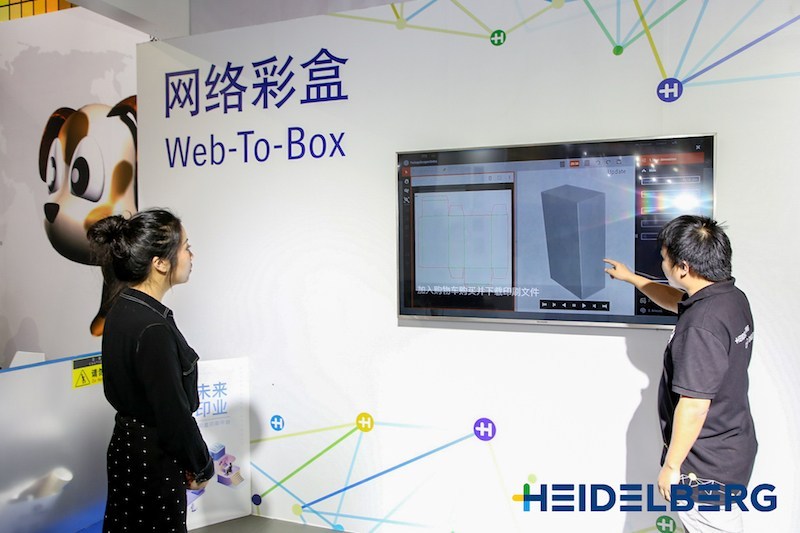
Heidelberg has developed a web to pack solution, as demonstrated at China Print 2019.
ハイデルベルクは、China Print 2019で実証されたように、Web to Packソリューションを開発しました。
非常に興味深い点は、ハイデルベルクはオフセットプレスの開発により、デジタルプレスがパッケージング市場にとって魅力的でなくなったと示唆しているように思われることです。それは、B1プレスを正当化するパッケージの種類のランの長さが他の市場セクターより長くなる傾向があることを考えると、比較的短いランであってもです。他の市場部門よりも長くなる。議論は、速いメークレディと速い印刷速度の組み合わせは、印刷機が任意のシフトで多数の小から中のランを生成できることを意味するということです。つまり、デジタル印刷機は、パッケージ市場ではあまり一般的ではない、ほんの数百インプレッションの非常に短い実行でのみスコアを付けます。
The really interesting aspect is that Heidelberg seems to suggest that developments to its offset presses have rendered a digital press less attractive to the packaging market, even for relatively short runs, given that the sort of run lengths in packaging that would justify a B1 press tend to be longer than other market sectors. The argument is that the combination of quick makereadies with fast printing speeds means that the press can produce a large number of small to medium runs in any given shift. This means that digital presses only really score on very short runs of just a few hundred impressions, which are not so common in the packaging market.
デジタルプレスのもうひとつの利点である「準備時間がほとんど、或いはまったく無いこと」・・・これは、オフセットプレスの実行速度が18000sphまで高速であるため、現在のインクジェットのどれにも匹敵できないことで打ち消されるとしています。したがって、短めのランレングスにオフセット印刷機を使用する場合は、非常に効率的なワークフローが必要であり、同じプレート上でジョブをまとめて、ジョブをキューに入れて、用紙のロードと最適化を行う必要があります。ただし、有能な印刷屋であればこれをマネージできるはずです。そして雑誌の記事はもちろんのこと、ワークフローの最適化についてアドバイスできるベンダーやコンサルタントもたくさんいます。言うまでもありませんが、このデジタル対オフセットの議論、および今年の Drupaで後日発表される新しいプレスについて詳しく見ていきます。(■ この記事の後で Drupa延期が発表されました)
The other advantage that a digital press has – little to no makeready time – is cancelled out by the faster running speed of the offset press, up to 18000sph, which none of the current inkjets can match. It follows that if you’re going to use an offset press for short-ish run lengths then you really have to have a very efficient workflow, able to gang jobs together on the same plates, and to queue jobs to optimise the paper loading and any further finishing steps – but any competent printer ought to be able to manage this, and there are plenty of vendors and consultants, not to mention magazine articles, able to advise on optimising workflows. Needless to say, I’ll take a closer look at this digital versus offset argument as well as the new presses that would have been shown at Drupa this year in a later story.
ハイデルベルクがまだ答えていない大きな問題は、インクジェット印刷機がより広く普及しつつあることを考えると、インクジェット印刷に今後どのように取り組むかということです。ハイデルベルクは私に、まだ将来インクジェット印刷に取り組むと言いいましたが、それでもこの技術への足場を捨てたところなわけです。ハイデルベルクの計画は、ドライトナープレスで成功し、ハイデルベルクのワークフローを備えたいくつかのリコーモデルを提供しているため、他のベンダーのインクジェットプレスの再バッジ(OEM調達)を中心に展開していくものと思われます。
The bigger question that Heidelberg has yet to answer is how will it approach inkjet printing, given that these presses are becoming more widespread. Heidelberg told me that it still sees a future inkjet printing, yet it has just abandoned its foothold in this technology. I think it’s likely that Heidelberg’s plans revolve around rebadging another vendor’s inkjet presses, as it has successfully done with dry toner presses, offering several Ricoh models complete with a Heidelberg workflow.
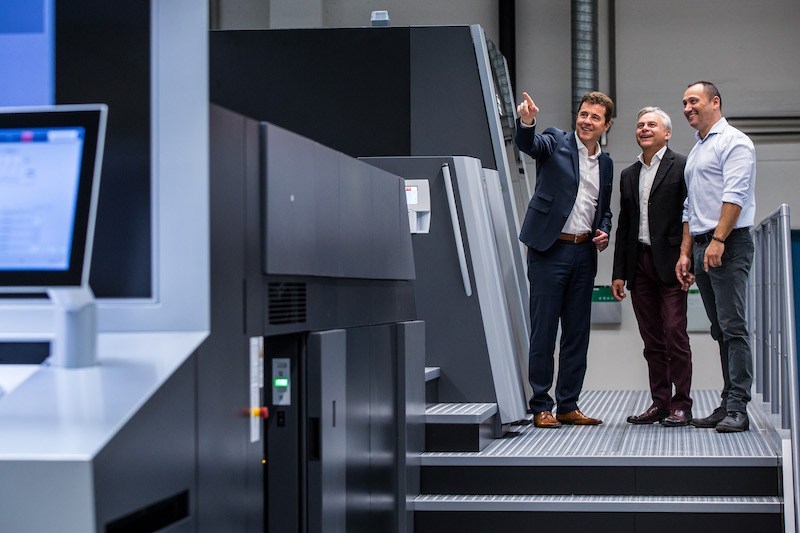
From left, Joachim Hoeltz, CEO Rondo AG, Philippe Andrey of Heidelberg Switzerland and Giovanni De Luca, director operations Switzerland Rondo AG with the Primefire 106.
左から、Rondo AGのCEOであるJoachim Hoeltz、ハイデルベルクスイスのPhilippe Andrey、Primefire 106でスイスロンドAGのオペレーションを率いるGiovanni De Lucaがいます。
ハイデルベルクの枚葉 VLFプレスである Speedmaster XL 145および 162も切り捨てられます。ここでの主な問題は、これは比較的小さいが安定した市場であり、新しいプレスを販売する機会が限られていること、そして顧客がすでに持っているものを急いで置き換える傾向がないことです。そのため、ハイデルベルクは現在、顧客と話し合って、生産が完全に停止する前に最終注文をしたいかどうかを確認しています。ハイデルベルクは、スペアパーツとサービスに関して法的および契約上の義務をすべて満たすと述べています。
Heidelberg’s sheetfed VLF presses, the Speedmaster XL 145 and 162 are also for the chop. The main problem here is that this is a relatively small but stable market, where there’s limited opportunity to sell new presses and customers don’t tend to be in a hurry to replace those they already have. So Heidelberg is currently talking with customers to see if any of them want to place a final order before production stops altogether. Heidelberg has said that it will meet all legal and contractual obligations in terms of spare parts and servicing.
現時点では、将来の投資は、マシン、ソフトウェア、消費財、パフォーマンスサービスにまたがる統合システムソリューションの開発に焦点を当てます。ハイデルベルクは、ビジョンは「すべての顧客とサプライヤーの関係を自動化するために、業界を超えた IoTベースのプラットフォームを作成することであり、このソリューションにより、プリントショップは生産性を大幅に向上させることができます。」と述べています。
For now, future investment spending will focus on developing integrated system solutions that span machines, software, consumer goods and performance services. Heidelberg states that it’s vision is to “create a cross-industry IoT-based platform to automate all customer-supplier relationships. This solution will enable print shops to secure a significant gain in productivity.”
基本的に、ハイデルベルクのデジタル化とは、デジタル印刷機よりも IoTを使用してオフセット印刷機を魅力的にし、おそらく他のベンダーのデジタル印刷機を再バッジ(OEM調達)してギャップを埋めることを意味しているようです。もちろん、ポイントはハイデルベルクがこれを行うために必要なソフトウェアの専門知識を持っていることを顧客に納得させるでことができるかどうかでしょう。他のほとんどのベンダーが逆のことを計画しているため、これは想像以上に難しいでしょう。IoTスキルを使用して、従来のプレスよりもデジタルデバイスに優位性を与えることです。ハイデルベルクは、サブスクリプションビジネスモデルが優位に立つことを期待しています。
Essentially, digitisation for Heidelberg appears to mean using IoT to make offset presses more attractive, rather than digital presses, and presumably rebadging other vendor’s digital presses to fill in the gaps. The trick of course will be persuading customers that Heidelberg has the necessary software expertise to do this. This will be harder than it sounds since most other vendors are planning on doing the opposite – using their IoT skills to give digital devices an edge over conventional presses. Heidelberg will be hoping that it’s subscription business model will give it an edge.
ハイデルベルクの最高経営責任者であるライナー・フンズドルファー氏は、次のように説明しています。「ハイデルベルクの再編は、会社にとって根本的な一歩であり、痛みを伴う変化も伴います。私たちがこの決定を下すことは非常に困難でしたが、成功するために私たちの会社を軌道に戻すために必要です。不採算商品を廃止することで、強力で収益性の高いコアに集中できます。ここで、デジタル化の機会を活用して、ハイデルベルクの主導的な市場での地位をさらに拡大します。今後も、技術的に最先端のデジタルソリューションとサービスを世界中のお客様に提供していきます。」
Rainer Hundsdörfer, Heidelberg’s Chief Executive Officer, explained: “Heidelberg’s realignment is a radical step for our company that also involves some painful changes. As hard as it was for us to make this decision, it is necessary in order to put our company back on track for success. Discontinuing unprofitable products enables us to focus on our strong, profitable core. This is where we will further extend Heidelberg’s leading market position by leveraging the opportunities of digitalization. Going forward, we will continue to provide our customers worldwide with technologically leading digital solutions and services across the board.”

Rainer Hunsdorfer, CEO of Heidelberg.
ハイデルベルクの最高経営責任者、ライナー・フンスドルファー。
この再編計画の残りの半分は、ハイデルベルク年金信託e.V.が管理する信託基金から流動性準備の一部を返還する形で、約3億7,500万ユーロの大規模な現金注入を伴います。
The other half of this restructuring plan involves a large cash injection of roughly €375 million in the form of a return transfer of part of the liquidity reserves from the trust fund managed by Heidelberg Pension-Trust e.V.
ハイデルベルクは、これが既存および将来の年金受給資格に影響を与えない、と述べています。ハイデルベルク年金信託委員会は、法定年金制度ではカバーされない年金受給資格を提供するレベルまで、信託に保持されている資産を削減することに同意したためです。
Heidelberg says that this will not affect the existing and future pension entitlements as the Board of Heidelberg Pension-Trust has agreed to reduce the assets held in trust to a level that provides for those pension entitlements not covered by the statutory pension plan.
これと1億5,000万ユーロの高利回り債の買い戻しにより、会社の未払い債務が減少し、ある程度の財務的安定性が得られます。最終的には、再編成の結果を除いて、EBITDAで1億ユーロの改善を達成することを目指しており、ハイデルベルクはこう述べています。「これにより生み出される経済的独立により、操縦の余地が広がり、企業の対応力が高まります。」
This, along with the repurchase of a €150 million high-yield bond should reduce the company’s outstanding debts, giving it a degree of financial stability. Ultimately the aim is to achieve a €100 million improvement in EBITDA, excluding the restructuring result, with Heidelberg stating: “The financial independence that this will create will give us greater room for manoeuvre and make the company more responsive.”
リストラはまた、世界中で最大2,000人の雇用に影響を与えるでしょう。これには工場の閉鎖も含まれる可能性がありますが、ハイデルベルクはまだ従業員の代表と交渉していません。これらの交渉の結果と、2019/2020会計年度の会計費用に応じて、アクションパッケージの実装に必要な非経常費用は、合計で約3億ユーロと推定されます。
The restructuring will also affect up to 2,000 jobs worldwide. This may also include plant closures, though Heidelberg has yet to negotiate with its employee’s representatives. Depending on the outcome of those negotiations as well as accounting charges in the financial year 2019/2020, the non-recurring expenses necessary to implement the action package are estimated to total about €300 million.
ハイデルベルクは、これは長期的な事業計画の一部であり、コロナウイルスをめぐる現在の世界的危機によって引き起こされたものではないことを強調しています。それにもかかわらず、パンデミックはハイデルベルクの収益に影響を与え、通年の結果はおそらく損失を示すと同社は警告している。ハイデルベルクは、少なくとも2021/2022年の結果が出るまで利益の回復が見込めないように、リストラ自体は主に翌年に影響します。
Heidelberg has stressed that this is part of a long term business plan and not something caused by the current global crisis over the Corona Virus. Nonetheless, the pandemic will affect Heidelberg’s earnings, with the company warning that the full year results will probably show a loss. The restructuring itself will mostly affect the coming year so that Heidelberg is not expecting to see a return to profit until at least the results from its 2021/2022 year.

Heidelberg’s main headquarters is in Wiesloch, Germany.
ハイデルベルクの本部はドイツのヴィースロッホにあります。
ただし、ハイデルベルクが最近数名の取締役を失ったことも注目に値します。ウルリッヒヘルマンが今週正式に辞任しました。ヘルマンはサブスクリプションビジネスモデルを監督し、ハイデルベルクは現在、非常に頼りになっています。彼の辞任により、CEOのライナー・フンスドルファーとCFOのマーカス・ワッセンバーグの2名だけが残ります。
However, it’s also worth noting that Heidelberg has lost several board members recently with Ulrich Hermann officially stepping down this week. Hermann oversaw the subscription business model that Heidelberg is now so heavily reliant on and his departure leaves just two board members – CEO Rainer Hundsdörfer and CFO Marcus Wassenberg.
代わりに、ハイデルベルクは経営委員会を設置しました。執行委員会は、管理委員会の1つ下のレベルに位置し、製品間の顧客ソリューションと運用機能を担当します。 Hundsdörferは、これはより効率的であると言いますが、企業や国を問わず、すべてのリーダーは、他の誰も彼らに質問することなく決定を下すために残されれば、より効率的であると考えています。そうでない場合のポイント。
Instead, Heidelberg has set up an Executive Committee, which sits one level below the management board, and is responsible for cross-product customer solutions and the operational functions. Hundsdörfer says that this will be more efficient but then every leader, whether of companies or countries, thinks that they would be more efficient if they were just left to get on making decisions without anyone else questioning them, which is fine, right up till the point when it isn’t.
個人的には、ハイデルベルクの規模の会社が最終的に2人の取締役だけで運営されているのは少し奇妙だと思います。私は、執行委員会が理事会のメンバー全員に昇格し、真に何らかの監視を行うことができれば、ほとんどの株主はおそらくより安心できると思います。これは、結局、取締役会の主要な機能の1つです。この説明責任の欠如に少し不安を感じているのは私だけではないでしょうか。
Personally, I think it’s a little strange that a company the size of Heidelberg is ultimately run by just two board members. I suspect that most shareholders would probably feel more reassured if the Executive Committee were promoted to full board members and truly able to exercise some kind of oversight, which is after all one of the major functions of a board of directors. I doubt that I’m the only person that feels more than a little uneasy over this lack of accountability.
ハイデルベルクがビジネスモデルを完全に変更し、サブスクリプション、サービス、データ分析に大きく依存し、ポストプレス製品の範囲のほとんどをアウトソーシングし、重金属製品ポートフォリオをコアで最も収益性の高いものに戻す現在、このような監視は特に重要です。押す。忘れないでください。プライムファイアはかつてハイデルベルクの未来の大部分でしたが、今では8年と見られており、かなりのお金が間違った方向への追跡に費やされています。
Such oversight is especially important right now, when Heidelberg is completely altering its business model, relying more heavily on subscriptions, servicing and data analytics, having outsourced most of its postpress range and now cutting its heavy metal product portfolio back to the core, most profitable presses. And let’s not forget, the Primefire was once a big part of Heidelberg’s future and now that’s just seen as eight years and quite a bit of money spent on chasing the wrong direction.
ハイデルベルクの製品群の詳細については、heidelberg.comをご覧ください。
You can find more information on Heidelberg’s product range from heidelberg.com.



